
Researchers at UWindsor use underwater robot to collect Great Lakes data
Researchers at the University of Windsor have been using an underwater robot to study harmful algal blooms and low oxygen levels in Lake Erie.

Researchers at the University of Windsor have been using an underwater robot to study harmful algal blooms and low oxygen levels in Lake Erie.
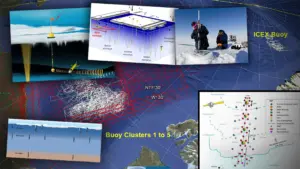
As the Arctic literally and figuratively heats up, the Navy is looking to drastically increase its awareness of what is going on up there.

Technology developed with the help of a professor at the University of New Brunswick Saint John is already helping to protect endangered North Atlantic right whales in the Gulf of St. Lawrence this summer.

Teledyne Marine reports that its Slocum G2 Glider dubbed Silbo, manufactured by Teledyne Webb Research, completed a 4+-year journey that circumnavigated the Atlantic Ocean in four legs, a first for an autonomous underwater vehicle (AUV).

That’s a long swim! When it comes to autonomous vehicles, there’s a lot of focus on American electric vehicle manufacturer Tesla at the moment. But I want you to cast your net a little wider, and divert your attention to the high seas for just a moment.
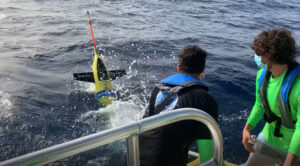
NOAA’s hurricane gliders are heading to sea this week off the coasts of Puerto Rico, the Gulf of Mexico and the eastern U.S. to collect data that scientists will use to improve the accuracy of hurricane forecast models.
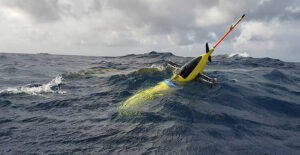
An array of seagoing robots are waiting for hurricanes to enter U.S. coastal waters. Up to 30 drones will be used to study climate change.

A researcher has designed a sea-going robot to deploy Seagliders, research equipment in remote and inaccessible ocean locations.
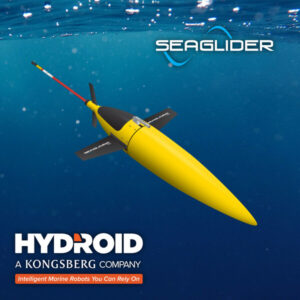
REMUS AUV manufacturer expands to offer a more diverse set of solutions to customers.
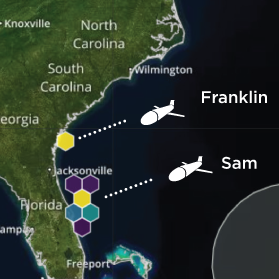
SECOORA gliders are capturing water column information ahead of Tropical Storm Jerry as he moves closer to the US. Data from gliders allows forecasters and scientists to improve predictions of the storm’s potential intensity.